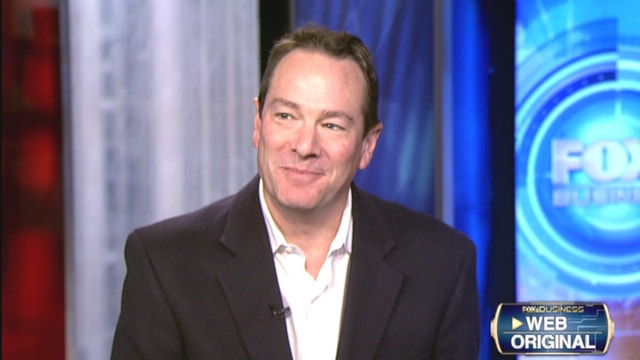Are You ‘Highly Recommended?’ Here’s Why it Matters
Word-of-mouth marketing can be a boon for smaller companies, especially if that marketing message is positive. But if customer reviews and recommendations take a turn for the worst, an entire business can go down the tubes.
Look no further than Amy’s Bakery for proof—the Scottsdale, Ariz. restaurant was flooded with negative commentary across social media after appearing on an episode of “Kitchen Nightmares” this past May, destroying the brand arguably beyond repair.
But positive customer recommendations, on the other hand, have the ability to bring your business to the next level, says Paul Rand, author of “Highly Recommended.”
“What’s fascinating is that 92% of customers will tell you, the reason they buy a product or service is because someone they know and trust recommended it to them,” Rand says. “Out of all the ways people can learn about different products and services, make sure your brand is the most recommended.”
The days of one-to-one messaging and branding are long gone, says Rand, as social businesses are now leading the pack and engaging with customers on a mass scale.
“We are at the tail end of realizing how much social media matters in shaping your business,” he says. “Every aspect of a company is being impacted by how they use social media. Now every business from the corner dry cleaner, to a multi-national brand has to tell us why and how customers will want to be engaged with them, and to keep them engaged over a long period of time.”
Here are Rand’s tips for using recommendations, and the power of social media, to grow your business:
No. 1: Know how you want to be recommended. Thanks to social media, companies today have more control over where and how people are talking about them, Rand says. Using social media as market research can help companies strategize and also save.
“The ability to not need to put on a focus group is very important, so any company can check online and see what is being described about them on the Web,” he says. “Today, seven out of eight of the top things driving search content online are social. The ability to cut back on what you are spending on research and marketing is huge.”
No. 2: Live your brand. There is no public and private face of a brand any longer, Rand says, the two must collide to be effective. “Everything you do from your customer service to your employees to how you are marketing products is all connected,” he says. “They have to follow through. “
No. 3: Be human, transparent and face up to mistakes quickly. When something goes wrong, to keep your recommendations and brand intact, you need to get in front of the story, Rand says.
“Companies are human, and are interacting on a one-to-one basis,” he says. “Mistakes happen, and to cover those mistakes up ends up causing more problems….telling [customers] what you are doing to fix this will go a million miles.”
No. 4: Stay engaging and interesting. Realize you are in a relationship with your customers, and keep them interested by staying engaged, Rand says.
“The same way we have to make sure we are not the party bore, it’s about keeping folks engaged and entertained,” he says. “That doesn’t mean always talking about your company. About 90% of the time talk about things that are directly related to both of you, then about 10% of the time talk about commercial messages.”
No. 5: Regularly evaluate and evolve. If a brand knows how it wants to be recommended, and focuses on this goal, there is a constant evolution in the works, Rand says. “The key for every brand out there is ‘how do I engage in conversations and make it easier to recommend me?’” he says.
No. 6: Reshape your organization to be “recommendable” from the ground up. Narrowing down how you want to be recommended can help your business strategize more effectively, he says. “Many businesses have a hard time thinking through strategy, but if you ask them how they want to be recommended, they know and can build a business model through that,” he says.
